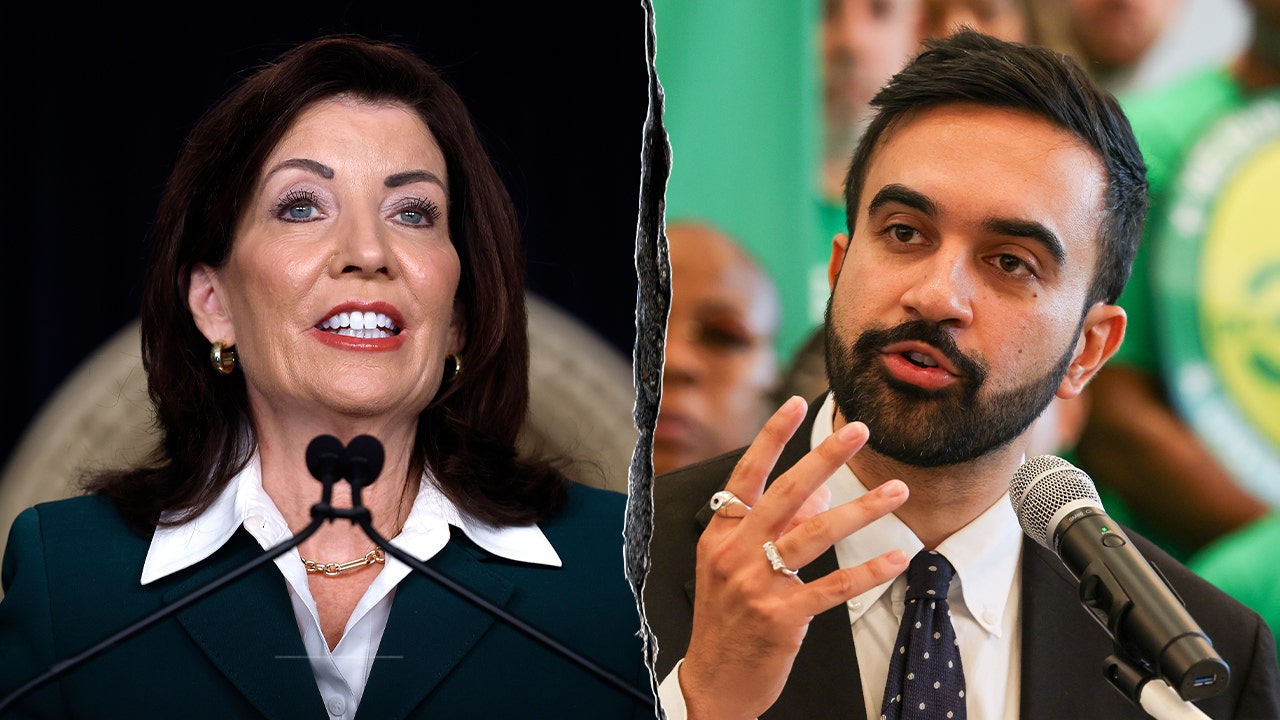OAKMONT, Pa. — Ryan McCormick, who made the cut at the U.S. Open on the number on Friday at 7-over par, should be exhilarated to be playing the weekend at Oakmont, his first major championship.
But McCormick, one of five Metro Area players in the field this week, expressed disappointment when he finished his third round in 76 on Saturday because Korn Ferry Tour players don’t receive points for qualifying for a major or even making the cut in one.
“It’s frustrating,’’ McCormick, a Middletown, N.J. native, said. “We don’t get points for making the cut here. It’s the only tour in the world that doesn’t get points for making a cut at a major. It’s clearly ridiculous. It’s terrible.’’
McCormick, who is 13-over, embraced the challenge the USGA delivers at the U.S. Open.
“I love the test out here,’’ he said. “I wish every week was like the U.S. Open. It’s demanding. You have to hit quality shots. You’ve got to think about where you’re going. You’ve got to do everything on your own. It’s you against yourself and the course, and I love the challenge.’’
His fellow Korn Ferry Tour local, James Nicholas, from Scarsdale, is 12-over after shooting 75 on Saturday.
Among the three other players from the Metro Area, Westchester’s Cameron Young is not out of contention at 3-over par, seven shots back, after shooting 69 Saturday.
Chris Gotterup, from Fair Haven, N.J., is 4-over par and eight shots back after shooting his second consecutive 69.
And Max Greyserman, from Short Hills, N.J., is also 4-over par after shooting 71 on Saturday.
Keegan Bradley, the current U.S. Ryder Cup captain, sounded very bullish on Sam Burns, who had the 36-hole lead and has the 54-hole lead with a 65 on Friday and 67 Saturday.
Burns’ 65 was the third-lowest round played in the 10 U.S. Opens held at Oakmont, behind only Johnny Miller’s 63 in 1973 and Loren Roberts’ 64 in 1994.
“He’s such a great player, and he’s been trending,’’ Bradley said. “He seems to have a U.S. Open mentality. I was watching him [Friday] and I just kept saying it looks like he’s up for the challenge today, and he was.’’
Bradley wasn’t a fan of the USGA boasting before the tournament that it wanted the players to use all 15 clubs — the 14 in their bag and the one between their ears (the mind) — to win a U.S. Open.
“The USGA can say all they want, but we’re professional golfers,’’ Bradley said. “This is what we do for a living. I don’t agree with that. We go out here every day and try to be professionals, and we know when it comes to a major, whether it’s a U.S. Open, British Open, Masters, PGA, that we have to be on top of our game mentally.
“The USGA is not doing that, we’re doing that.’’
Cool U.S. Open story. Philip Barbaree Jr., who got into the field through qualifying, was one of the 13 players who had to come out to Oakmont early Saturday morning to complete the second round thanks to Friday’s weather suspension.
He had to make a five-foot par putt to make the cut at 7-over par and he made it, fist-pumping and giving his wife and caddie, Chloe, a big hug.
He’s previously qualified for the 2018 U.S. Open, but missed the cut.
A short time later, Barbaree, who grew up with Burns in Shreveport, La., was the first to tee off for the third round, and played with a club-member marker because of the odd number of players to make the cut.
“A lot of pent-up emotion and stress from sleeping last night — or not sleeping last night — knowing that I pretty much had to come out and make par on one of the hardest holes on the course,’’ Barbaree said after shooting 75 on Saturday. “And then to actually do it, that’s what you practice for. To be able to pull off a shot like that when it matters, and then with her on the bag, it’s special.’’
Among the 15 amateurs in the field, Justin Hastings was the only one among them to make the cut, finishing 6-over par through 36 holes.
He shot 73 on Saturday and is 9-over.
The 21-year-old Hastings, from the Cayman Islands, said he plans to turn pro after the British Open next month.
Early Saturday as the third round was getting underway, the USGA had Jack Nicklaus, the 1962 U.S. Open winner at Oakmont, and Miller, the 1973 winner at Oakmont, into the interview room for some reminiscence.
Nicklaus was asked what the “key’’ was to his win as a 22-year-old that year.
“The key was to beat Arnold Palmer,’’ Nicklaus said. “Arnie was the top player in the game at the time. He had won the Masters earlier in the year. He was the guy you had to beat if you wanted to win, and particularly here.
“I didn’t know anything about Oakmont. I didn’t realize, as a 22-year-old, that I was in Arnold Palmer’s backyard.’’
Palmer, of course, was from nearby Latrobe, Pa., which remains a shrine to his greatness.
Both former players were asked about the $21.5 million prize purse this week, with $4.3 million going to the winner.
“Would I have loved to have had what’s going on here when we played? Yeah,’’ Nicklaus said. “Obviously, all of us would. But I know Johnny and myself both trail-blazed the way for what’s happening today. I think if you look back at [Ben] Hogan and [Sam] Snead and those guys, they trail blazed it for us.
“Would [the money] have changed our lives? I would hope not.’’













